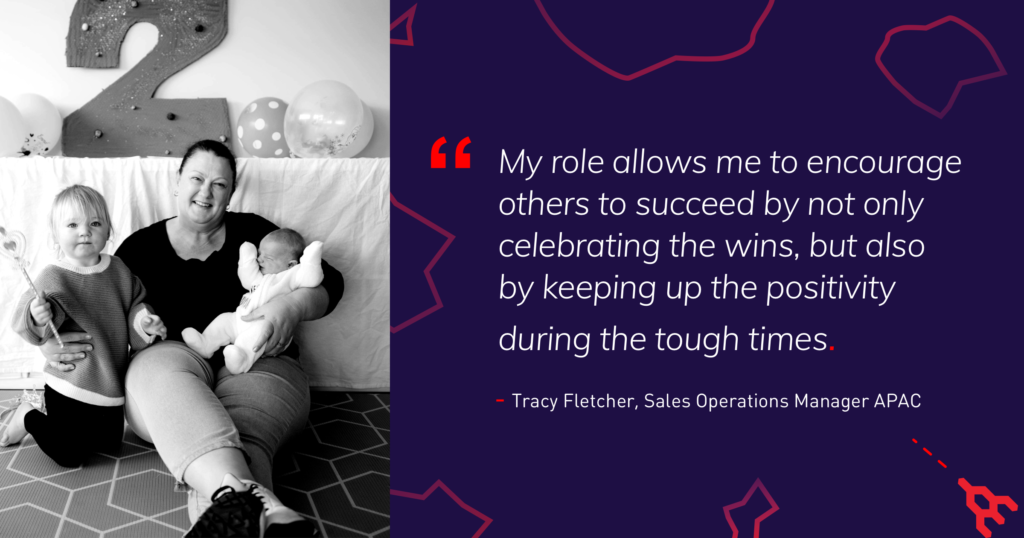
Five Blog Posts from CSPs You Need to Read
- August 16, 2021
Whether you’re trying to improve your cloud architecture or wanting to learn more about cloud trends, there’s a blog post from a Cloud Service Provider (CSP) that can help.
The world of cloud is moving fast and growing even faster, and with areas like cybersecurity, multicloud, and automation to consider, it can feel difficult to keep up with. Thankfully, there’s a wealth of resources out there to help.
Here’s a roundup of our five favorite recent blog posts from CSPs that will help you get up to speed and inspire you to take your cloud connectivity to the next level.
1. Optimizing Your AWS Infrastructure for Sustainability, Part 1: Compute
AWS Blog
In 2021, the goal of improving sustainability permeates across every global industry in the face of growing environmental issues.
In Part 1 of this three-part blog series on optimizing your AWS architecture for sustainability, you’ll discover how you can adjust your AWS infrastructure’s compute layer to have a lower environmental impact. Featuring success criteria and metrics for IT executives and practical guidance for network architects and developers, this blog post will make your enterprise’s sustainability goals feel achievable.
Read more on the AWS Architecture Blog.
2. Microsoft Cloud for Healthcare Expands Portfolio with Azure Healthcare APIs
Azure Blog
Following an expansion of their interoperability data services for the health and life sciences industry, Microsoft Cloud for Healthcare has rebranded as Azure Healthcare APIs. Purpose-built for the unique requirements of Protected Health Information (PHI), the Azure Healthcare APIs enable customers to ingest, manage, and persist data in the Microsoft Cloud for Healthcare.
If you’re in healthcare, Azure’s blog post will help you understand how to get more out of your health data in the cloud with guidance on how to leverage the Azure Healthcare APIs to benefit from machine learning, analytics, and AI.
Read “Microsoft Azure ExpressRoute Pricing, explained” here.
3. 30 Ways to Leave Your Data Center: Key Migration Guides, in One Place
Google Cloud Blog
Google Cloud understands that cloud migration is a puzzle with numerous pieces including all the workloads you could migrate, the use cases driving you to migrate, and the benefits you’re seeking.
If you find yourself feeling overwhelmed, turn to Google Cloud’s extensive list of key migration guides designed to help you succeed at your cloud migration in any common use case. Whether you’re after guidance on minimizing time and risk during your migration, identifying enterprise-grade infrastructure for your workloads, or picking a cloud that aligns with your organization’s sustainability goals, there’s a guide in this post for you.
Read more on the Google Cloud Blog.
4. DDoS Attack Trends for 2021 Q2
The Cloudflare Blog
Distributed Denial of Service (DDoS) attacks comprise one of the biggest cybersecurity threats faced by companies in the cloud today.
The DDoS attack trends observed over Cloudflare’s network in 2021 Q2 paint a picture that reflects the overall global cyberthreat landscape. In this blog post, Megaport partner Cloudflare provides an in-depth breakdown of the different types of popular DDoS attacks with helpful data visualizations. Most importantly, Cloudflare tells you what steps you can take to prevent your enterprise from becoming a target.
Read more on the Cloudflare Blog.
Learn how RedShield used NaaS to protect their customers from DDoS attacks in our blog post.
5. How Sonoco Used Oracle Cloud as Part of its Multicloud Tech Transformation
Oracle Blog
When the US$5 billion packaging company Sonoco began moving their on-premises applications to the cloud, they were looking forward to the benefits of diversifying their workloads across several different clouds. But they got stuck at a key step: they weren’t sure of the best way to integrate those workloads across the different platforms.
In Oracle’s blog post, Sonoco shares how they used Oracle Cloud Infrastructure (OCI) to move their data to the cloud, connect their data between clouds, and more. Featuring video conversations with software architects about how they successfully integrated their workloads to benefit from a multicloud architecture, their success story will inspire you – and maybe even compel you to do the same.
Want to learn more about a topic you didn’t see in this list? We may have covered it. Browse the Megaport Blog to find out.
Stay Updated
Keep up to date on Megaport by following us on social media at:
Twitter: @megaportnetwork
LinkedIn: @megaport
Facebook: @megaportnetworks


